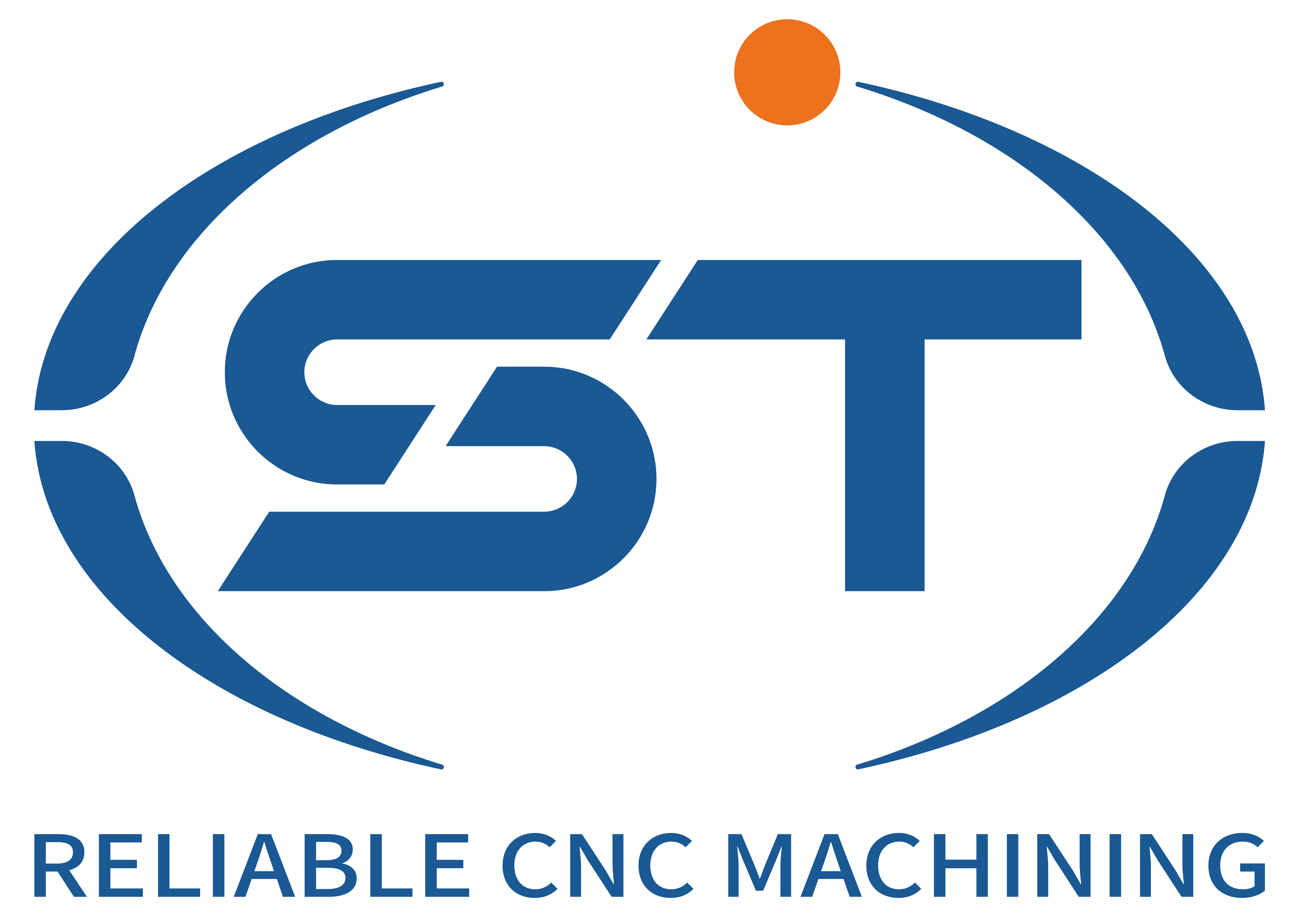Application of Advanced Materials in CNC Machining for Automotive Components
The automotive industry is increasingly adopting novel materials to meet demands for lightweighting, fuel efficiency, and enhanced performance. These materials, ranging from high-strength alloys to advanced composites, present both opportunities and challenges in CNC machining. Below are key applications and considerations for integrating advanced materials into automotive CNC manufacturing.
Table of Contents
ToggleHigh-Strength Lightweight Alloys
High-strength aluminum and magnesium alloys are gaining traction in automotive design due to their low density and excellent mechanical properties. These materials enable weight reduction without sacrificing structural integrity, making them ideal for engine blocks, suspension components, and body panels.
However, machining these alloys requires specialized strategies. Aluminum alloys, for instance, are prone to built-up edge (BUE) formation, which degrades surface finish. Sharp tools with high rake angles and polished flutes help mitigate this issue, while high cutting speeds minimize material adhesion. Magnesium alloys, though lighter, are highly flammable when machined dry, necessitating stringent coolant systems and fire-suppression measures.
Additionally, these alloys’ thermal conductivity influences tool wear—high conductivity (e.g., in aluminum) dissipates heat quickly, reducing tool overheating, while lower conductivity (e.g., in some magnesium variants) may require optimized coolant flow to prevent thermal damage.
Carbon Fiber-Reinforced Polymers (CFRP)
CFRP composites are revolutionizing automotive manufacturing by offering unmatched strength-to-weight ratios. Used in components like chassis parts, drive shafts, and interior panels, CFRP reduces vehicle weight and improves energy efficiency.
Machining CFRP poses unique challenges due to its heterogeneous structure—carbon fibers embedded in a polymer matrix create uneven cutting behavior. Tools with diamond coatings or polycrystalline diamond (PCD) edges are preferred for their hardness and wear resistance, reducing the risk of fiber pullout or delamination.
Cutting parameters must also adapt to CFRP’s properties. Lower spindle speeds and higher feed rates minimize heat generation, which can degrade the polymer matrix. Additionally, machining direction relative to fiber orientation is critical—down-milling is often favored to reduce fiber damage, though it may increase tool wear.
Additive Manufacturing Alloys
Additive manufacturing (AM) enables the production of complex geometries using metals like titanium, Inconel, or customized alloys. These materials are increasingly used in automotive prototyping and low-volume production of high-performance parts, such as turbocharger components or lightweight brackets.
However, AM alloys often exhibit anisotropic properties and residual stresses from the layer-by-layer building process, complicating CNC machining. Post-processing via CNC is necessary to achieve tight tolerances and smooth surfaces, but these materials’ hardness and toughness demand robust tooling. Carbide or ceramic tools with advanced coatings (e.g., TiAlN) are essential to withstand abrasive wear.
Machining strategies must also account for residual stresses—sequential roughing and finishing passes with stress-relief steps help prevent distortion. Additionally, non-destructive testing (NDT) methods, such as X-ray computed tomography, verify part integrity before final machining.
Bio-Based and Recyclable Materials
Sustainability trends are driving the adoption of bio-based polymers and recyclable materials in automotive manufacturing. These materials, derived from renewable resources or recycled waste, offer environmental benefits while maintaining functional performance.
Machining bio-based polymers, such as polylactic acid (PLA) or cellulose-reinforced composites, requires adjustments to cutting parameters. Their lower melting points and thermal sensitivity necessitate high spindle speeds and low feed rates to prevent melting or warping. Tools with sharp edges and large rake angles reduce friction and chip adhesion, improving surface finish.
For recyclable materials, such as reclaimed aluminum or recycled carbon fiber composites, consistency in material properties can vary. Pre-machining analysis of hardness, grain structure, or fiber distribution helps optimize tooling and cutting strategies to ensure reliable outcomes.
By embracing advanced materials and refining CNC machining techniques, automotive manufacturers can achieve breakthroughs in performance, sustainability, and cost-efficiency. However, success hinges on understanding each material’s unique properties and tailoring processes to unlock their full potential.




